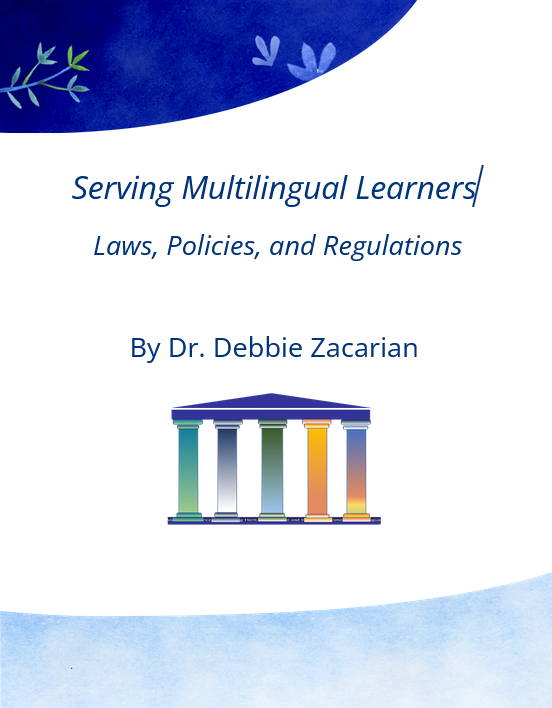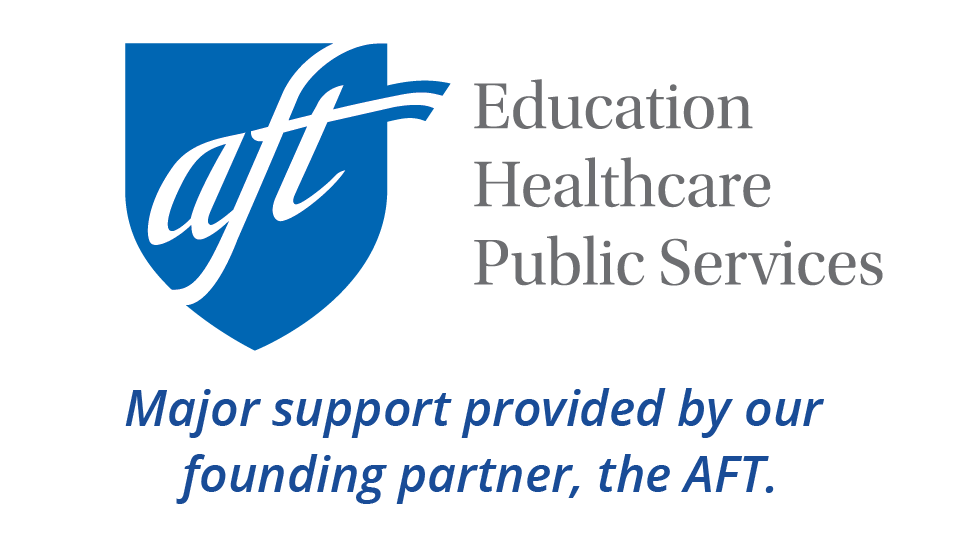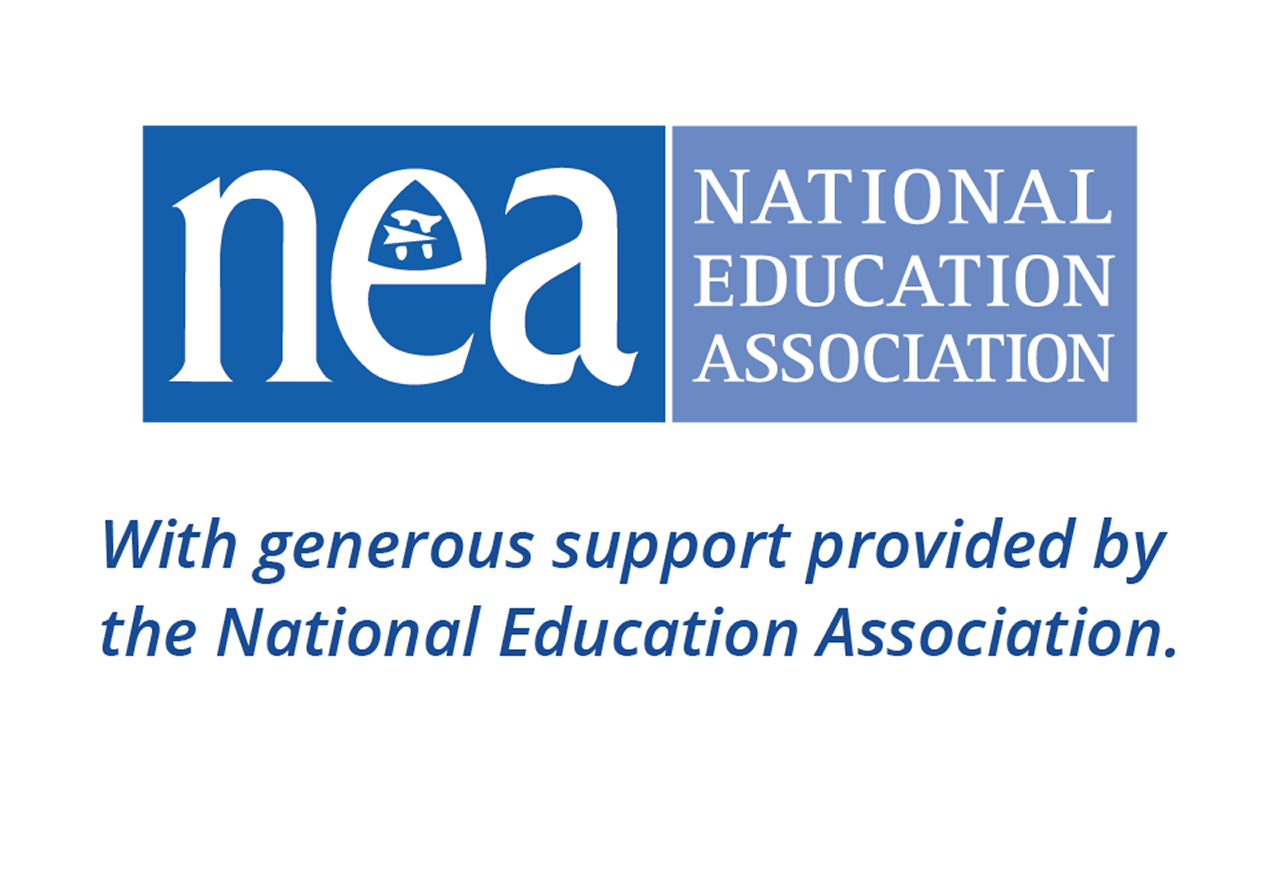The third key topic of the Dear Colleague Letter focuses on staffing and the preparation of staff. In brief, schools and state education agencies must "sufficiently staff and support the language assistance program" (U.S. Departments of Justice and Education, 2015, p. 8).
A Note on Terminology
The strengths-based term multilingual learner is used throughout this document to recognize and value students' existing language abilities and highlight what they know. Keep in mind that states may use different terms and that many federal documents use the terms "English learner" and "Limited English Proficient students."
See the federal definition of a multilingual learner in Who Are Multilingual Learners?
Guiding Questions
Download this guide
 This guide is also available in a PDF version for download and printing.
This guide is also available in a PDF version for download and printing.
- What are the federal requirements for sufficiently staffing and supporting language assistance programming?
- What action steps should be taken to sufficiently staff and support language assistance programs?
What Schools Need to Know
It is important to ensure that:
- Educators teaching and working with MLs are trained and credentialed to do so effectively.
- Educators are receiving sufficient professional development to obtain these skills.
- Evaluators (e.g., supervisors, administrators), instructional coaches, peers, and others conducting observations and supporting educators of MLs are familiar with the skills needed to provide highly effective instruction for MLs and are sufficiently trained and experienced doing so.
There are many pathways that schools and districts can use to determine the professional readiness and learning needs of its staff to work with its dynamically changing population of MLs. An annual review should be conducted to ensure that there are highly qualified staff and supports to meet the language, academic, and social-emotional development of MLs. The survey below is an example of a tool that can be used to conduct an annual review. For more detail on what "sufficient" staffing and preparation looks like, see the English Learner Toolkit, Chapter #3. You can also learn more in Colorín Colorado's related resources:
- Best Practices for Evaluating ELL Educators: Lessons Learned in Syracuse, NY
- Hiring Your School's First ELL Teacher: 10 Tips for School Leaders
- 10 Ways ELL Coaches Can Support Student Success
Federal Requirements: Sufficient Staff and Support |
|---|
According to the federal laws cited in the Dear Colleague Letter: “School districts have an obligation to provide the personnel and resources necessary to effectively implement their chosen [language assistance] programs. This obligation includes having highly qualified teachers to provide language assistance services, trained administrators who can evaluate these teachers, and adequate and appropriate materials for the [language assistance] programs. At a minimum, every school district is responsible for ensuring that there is an adequate number of teachers to instruct English-learning students and that these teachers have mastered the skills necessary to effectively teach in the district's program for English-learning students. “Where formal qualifications have been established, e.g., the SEA requires authorization or certification to teach in particular language assistance programs, or a school district generally requires its teachers in other subjects to meet formal requirements, a school district must either hire teachers who already have the necessary formal qualifications to teach English Learning students or require that teachers already on staff be trained or work towards attaining the necessary formal qualifications and obtain the formal qualifications within a reasonable period” (pp. 14-15). |
Case Study: Substitute Shortage |
|---|
The following example can extend our thinking about these laws and regulations. Colorín Colorado conducted a national survey about the national shortage of substitute teachers. Many teachers of MLs, including ESL, ESOL, ELD teachers and others, reported that they were being taken from their teaching, co-teaching, and administrative duties to be a 'substitute' teacher. They also reported that they were engaging in a substitute teacher role at a much higher rate than any other educator in their schools. A survey respondent shared the following: "(ESL teachers being pulled as substitutes) has happened in past years, but given a Department of Justice settlement in my county, it's now avoided. There are potential legal ramifications with an audit should our EL students not receive their designated hours." Discussion QuestionDrawing from the federal laws and regulations, what steps might you take to ensure that there are highly qualified teachers to provide language assistance services, trained administrators who can evaluate these teachers, and adequate and appropriate materials for the [language assistance] programs in your context?
|
Tools for Educators
This survey tool helps educators assess staffing and preparation needs for serving MLs. A printable version of this survey is available in the PDF version of this guide.
Staffing and Staff Preparation for MLs: Annual Survey |
|---|
We welcome learning as much as we can about the prior preparation of our school/district educators so that our professional learning opportunities are tailored to meet the needs of our multilingual learners. Please complete the following survey, drawn from Zacarian (2023, p. 186) for this purpose. Thank you!
Professional Experience
|
Copyright© 2023 by Corwin. All rights reserved. Adapted from Transforming Schools for Multilingual Learners: A Comprehensive Guide for Educators, Second Edition by Debbie Zacarian. Thousand Oaks, CA: Corwin, www.corwin.com. Posted with permission from Corwin Press.
Video: Best Practices for Evaluating ELL Educators
This video highlights some unique considerations related to evaluating educators of English language learners. This video is part of our special project on ELL educator evaluation from Syracuse, NY.










Add new comment